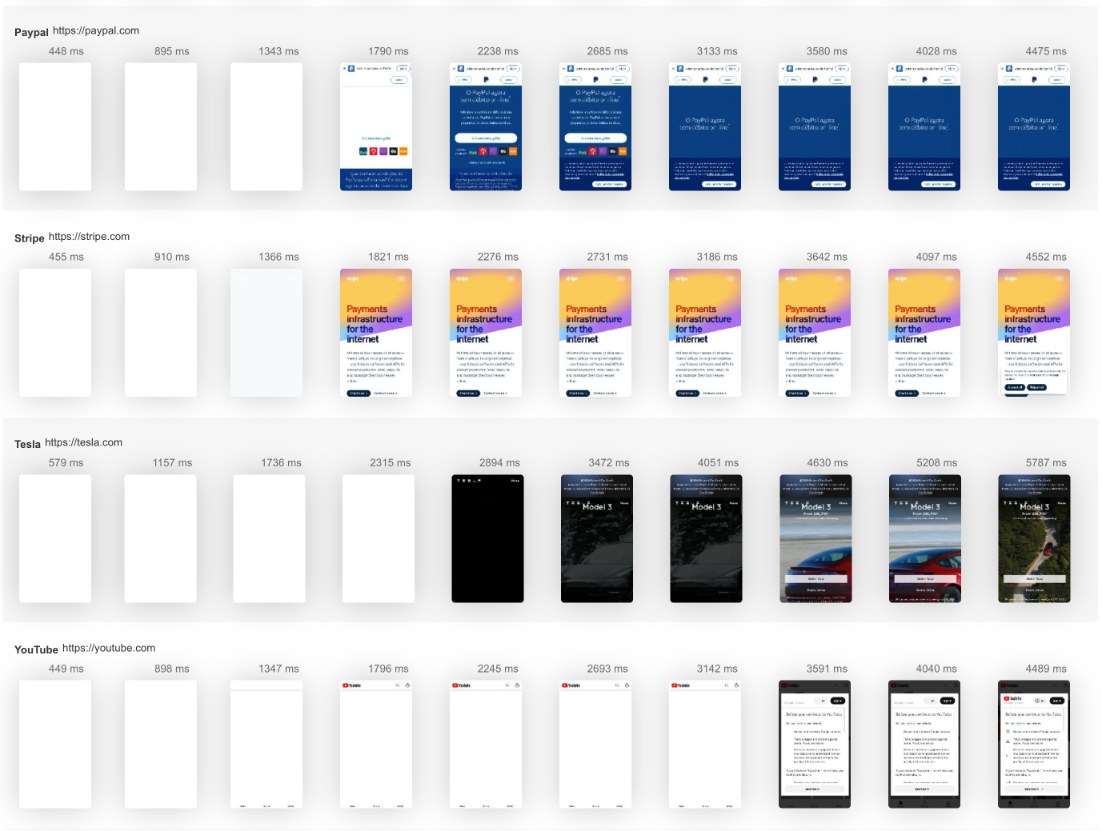The Benefits of Real-Time Speed Analytics for User Experience
This template outlines how real-time speed analytics can significantly enhance user experience by providing immediate feedback and insights into website performance, ensuring users enjoy fast, responsive interactions.
What is The Benefits of Real-Time Speed Analytics for User Experience?
The Benefits of Real-Time Speed Analytics for User Experience template focuses on understanding the importance of instantaneous performance metrics and their impact on user satisfaction. Real-time speed analytics allows developers and businesses to monitor their website's performance continuously, ensuring that users experience minimal latency and optimal loading times.
This template dives into how leveraging real-time analytics helps in identifying performance bottlenecks, enabling quick resolutions, and improving overall site responsiveness. With tools such as LoadFocus (LoadFocus Page Speed Monitoring Service), you can gather real-time data on page load speeds, response times, and user interactions, which are vital for maintaining a high-quality user experience.
Why Real-Time Speed Analytics Matter?
In today's fast-paced digital environment, users expect immediate responses. Slow loading times can lead to higher bounce rates and decreased user satisfaction. This template illustrates how continuous monitoring through real-time speed analytics can help businesses understand and improve their website's performance, ultimately enhancing user experience.
How Does This Template Relate to Page Speed Monitoring?
Using the LoadFocus Page Speed Monitoring Service, this template provides insights into the specific metrics that matter most. Real-time analytics allow you to track key performance indicators (KPIs) such as:
- Page Load Time: The time it takes for a page to fully load, impacting user retention.
- Time to First Byte (TTFB): The delay between the user's request and the first byte received, crucial for perceived performance.
- First Contentful Paint (FCP): The time it takes for the first piece of content to be rendered, influencing user engagement.
Key Components of Real-Time Speed Analytics
This template highlights various components that are essential for effective real-time speed analytics:
1. Instant Feedback
Real-time analytics provide immediate insights into performance, allowing for quick adjustments.
2. Alerting Mechanisms
Set up alerts for when performance dips below acceptable thresholds, enabling proactive resolutions.
3. Historical Data Comparison
Analyze past performance to identify trends and areas needing improvement.
4. User Interaction Tracking
Monitor how users interact with your site in real-time to understand their experience better.
Enhancing User Experience Through Monitoring
By implementing this template, you ensure that your website remains fast and responsive, which is critical for retaining users and improving conversion rates. Continuous monitoring through LoadFocus allows for real-time adjustments based on analytics data, fostering a better user experience.
Conclusion
Real-Time Speed Analytics for User Experience is a crucial component of any web performance strategy. This template provides a structured approach to monitoring and analyzing website performance, directly connecting to the capabilities offered by LoadFocus. By using these insights, businesses can optimize their sites, ensuring that they meet user expectations and provide a seamless online experience.
How fast is your website?
Elevate its speed and SEO seamlessly with our Free Speed Test.You deserve better testing services
Effortlessly load test websites, measure page speed, and monitor APIs with a single, cost-effective and user-friendly solution.Start for free→